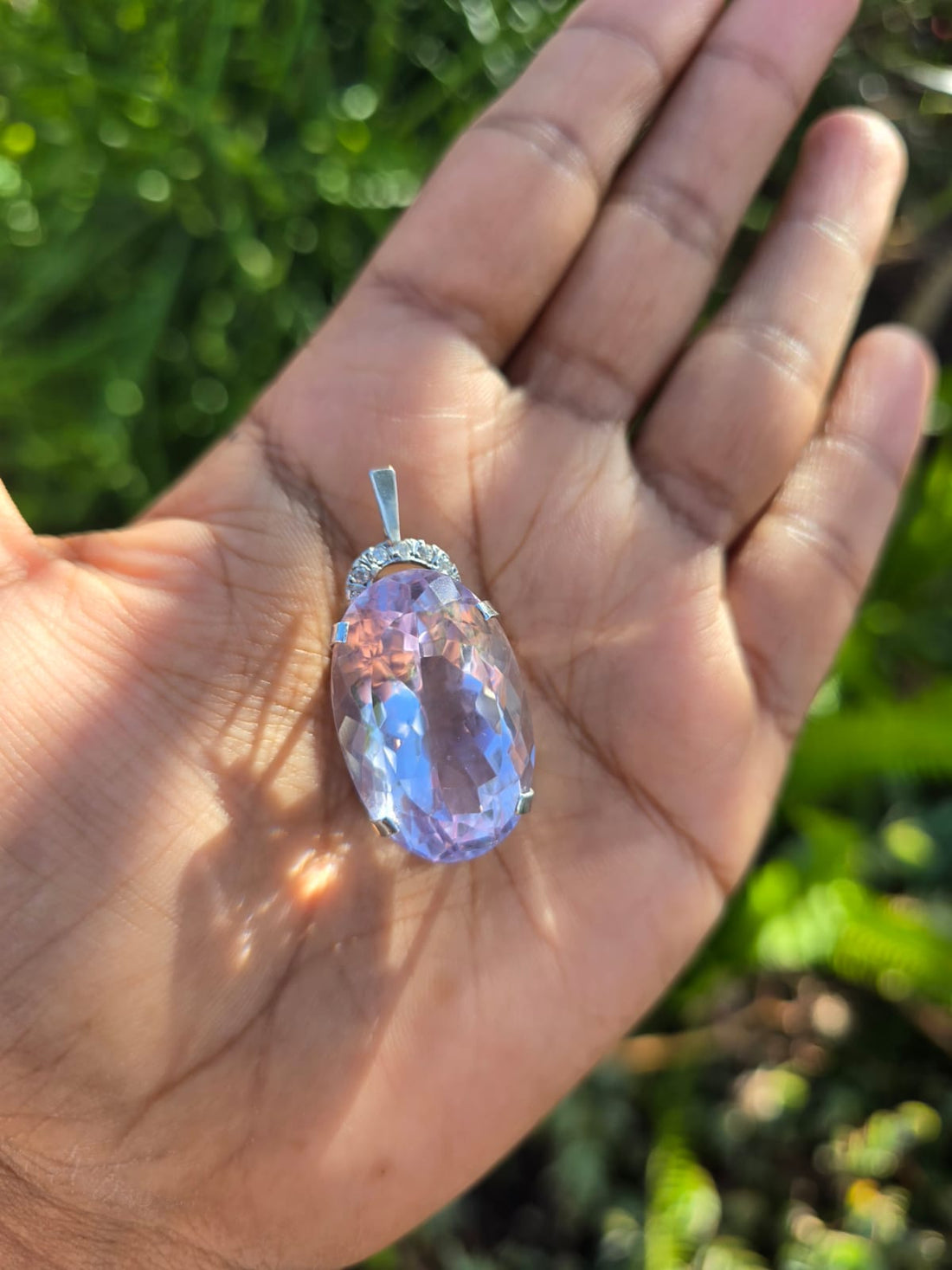
The Origins of Birthstones
The Meaning and Magic of Birthstones
For centuries, birthstones have held a special place in human culture, symbolizing everything from luck and protection to love and prosperity. These gems, associated with each month of the year, are not only beautiful but also rich in history and meaning. Whether you wear your birthstone for its aesthetic appeal or its supposed metaphysical properties, there's no denying the allure of these captivating stones.
The Origins of Birthstones
The tradition of birthstones dates back to ancient times. Some historians trace their roots to the biblical Breastplate of Aaron, which featured twelve gemstones representing the twelve tribes of Israel. Over time, this idea evolved, with different cultures assigning specific stones to birth months. The modern list of birthstones, as recognized by the American National Retail Jewelers Association (now Jewelers of America), was officially standardized in 1912.
Birthstones by Month and Their Meanings
January – Garnet
A deep red gemstone symbolizing protection, strength, and vitality. Garnet is believed to bring good health and safe travels to its wearer.
February – Amethyst
This striking purple gem is associated with peace, clarity, and inner strength. Amethyst has long been believed to offer protection against intoxication and negative energies.
March – Aquamarine
With its serene blue color, aquamarine symbolizes tranquility, courage, and communication. It was once believed to protect sailors on their journeys.
April – Diamond
The most famous and hardest gemstone, diamonds symbolize eternal love, strength, and clarity. They are often associated with commitment and invincibility.
May – Emerald
A lush green stone representing renewal, wisdom, and love. Emeralds have been prized since ancient times for their vibrant hue and connection to fertility and rebirth.
June – Pearl, Alexandrite, Moonstone
June has three birthstones, each with its own charm. Pearls symbolize purity and wisdom, alexandrite represents change and luck, while moonstone is linked to intuition and balance.
July – Ruby
A fiery red gemstone associated with passion, courage, and prosperity. Rubies have long been considered a symbol of power and protection.
August – Peridot
A bright green gem symbolizing strength, good fortune, and positivity. Peridot is believed to ward off negative energy and nightmares.
September – Sapphire
A deep blue stone representing wisdom, loyalty, and nobility. Sapphires have been treasured for centuries as symbols of truth and sincerity.
October – Opal, Tourmaline
Opal is known for its mesmerizing play of colors, symbolizing creativity, hope, and confidence. Tourmaline, available in various colors, represents compassion and healing.
November – Topaz, Citrine
Golden topaz symbolizes strength and intellect, while citrine represents joy, energy, and success. Both stones are believed to bring warmth and abundance.
December – Turquoise, Tanzanite, Zircon
December has multiple birthstones, each with a calming blue hue. Turquoise represents protection and luck, tanzanite symbolizes transformation, and zircon is associated with prosperity and wisdom.
Choosing and Wearing Birthstones
Birthstones make meaningful gifts, whether in rings, necklaces, bracelets, or earrings. Some believe that wearing your birthstone enhances its positive effects, while others simply enjoy their personal connection to the gem. Custom jewelry featuring birthstones is also a popular way to commemorate special occasions like anniversaries, birthdays, or family bonds.
Conclusion
Whether you view birthstones as mystical gems or just love their beauty, they remain an enduring and cherished tradition. Their history, symbolism, and appeal make them a fascinating part of jewelry and cultural heritage. Do you wear your birthstone? Let us know in the comments which gem represents your birth month and what it means to you!
